Donor Communications Audits 101
There are MANY areas you can investigate when doing a donor communications audit. The three below are great for starters, and they will certainly give you actionable insights for improving or streamlining your comms.
Acknowledgments
I’m always astonished by how frequently organizations let their acknowledgment practices fall by the wayside during moments of transition. I’ve seen orgs that:
Stopped sending acknowledgments altogether for annual fund level gifts
Never reconciled acknowledgment practices after a reorg and have separate processes that are at odds with each other, leading to donor confusion
Waited months to send templated acknowledgments
Acknowledgments may seem simple or self-explanatory, but they’re where the donor experience begins and they speak volumes about how you value a donor’s giving. And acknowledgments are vulnerable to being seen as so basic that they don’t require staff time or resources. (Believe me, they do).
Keep the following questions in mind when assessing your acknowledgments:
Are they timely?
Are they appropriately individualized?
Do they reinforce an excellent experience for your donors across giving levels?
Impact Reporting
Narrative reporting is a bit trickier because there are so many forms it can take, for example:
A formal annual report
Regular communications and newsletters from leadership
Ongoing conversations between a major donor and the person implementing what they fund
There’s a lot of complexity in reporting and it varies dramatically between orgs and within an org. As you assess your impact reporting, ask yourself the following:
Are all major donors receiving reports about what they have funded?
Are donors at all levels reading stories on what their giving achieves?
Does your reporting match the expectations of your donors, your resources, and the capabilities of your staff?
Engagement
People often conflate engagement with recognition societies, but that’s just the beginning.
There’s so much more to think about when it comes to engagement, including:
Do we consistently deliver communications that delight our donors and align with their interests?
Do we speak to and with our donors using their preferred vehicles or modes for receiving information?
Do we create the right pathways for donors to connect with our staff and each other?
As you can see, these questions cut across typical departments and teams within a development shop, making it all the more difficult to get a comprehensive view—from the inside—of all the ways your org communicates with donors.
But once you perform an audit, you’ll be positioned to make strategic improvements to elevate your donor experience and best engage your supporters.
